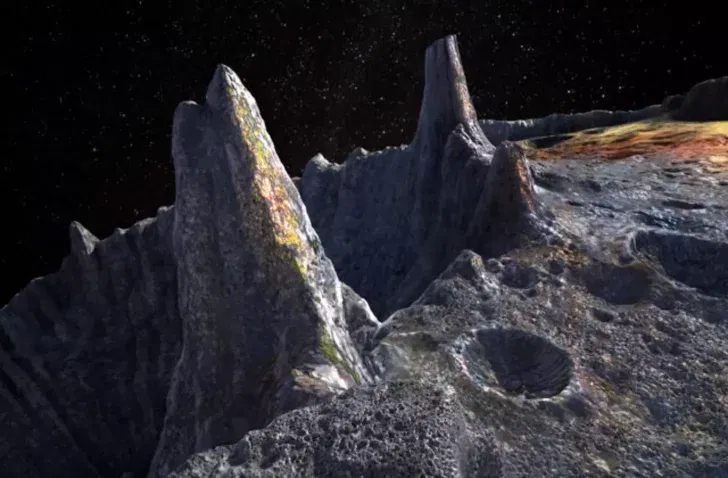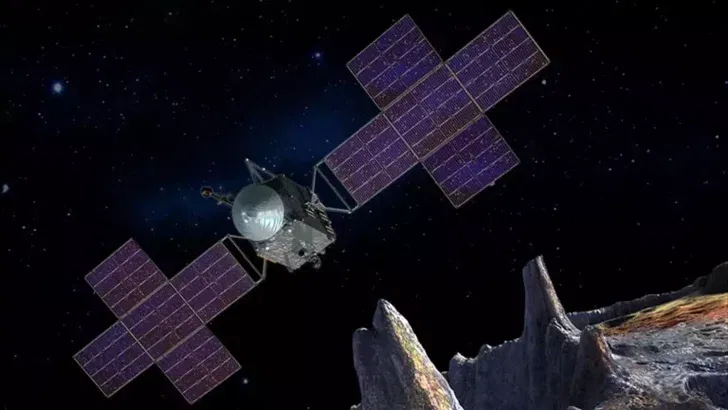Last year, the space agency announced its plan to embark on a journey to the distant asteroid 16 Psyche, which is believed to contain valuable metals such as gold, iron, and nickel.
“Teams of engineers and technicians are working almost around the clock to ensure the orbiter is ready to journey 2.5 billion miles to a metal-rich asteroid that may tell us more about planetary cores and how planets form,” NASA stated in a release issued in July 2023.

The spacecraft was launched from NASA’s Kennedy Space Center in Cape Canaveral, Florida, on October 13, 2023. It has since been traveling a distance of 2.2 billion miles (3.5 billion km) through space at an approximate speed of 84,000 mph, with an expected arrival at the asteroid in August 2029.
In its latest update, NASA reported that the spacecraft has now entered ‘full cruise’ mode and is utilizing its ‘sci-fi-worthy’ thrusters to expel xenon ions. NASA elaborated: “For the next year, the spacecraft will be in what mission planners call ‘full cruise’ mode, when its electric thrusters take over and propel the orbiter toward the asteroid belt. The thrusters work by expelling charged atoms, or ions, of xenon, emitting a brilliant blue glow that trails behind the spacecraft.”

As these ions are expelled, they create a thrust that will gradually accelerate the spacecraft to speeds of up to 124,000 mph. Upon reaching the asteroid, the spacecraft is set to spend two years orbiting the formation, collecting crucial data.
In addition, the mission includes a planned approach to Mars in May 2026 for a gravity assist maneuver to increase the spacecraft’s momentum, directing it towards its final destination. The mission is scheduled to conclude in November 2031.
NASA has detailed that asteroid 16 Psyche measures a remarkable 173 miles (280 km) across and 144 miles (232 km) long, with a surface area of 64,000 square miles (165,800 square km). It is the asteroid’s substantial size that prompted NASA to undertake this mission.
There has been speculation about the potential impact if NASA were to bring the asteroid back to Earth. Theoretically, this could result in every person on the planet becoming a billionaire.
However, such an action would likely have catastrophic effects on the global economy, similar to the repercussions of everyone winning the lottery jackpot simultaneously.
